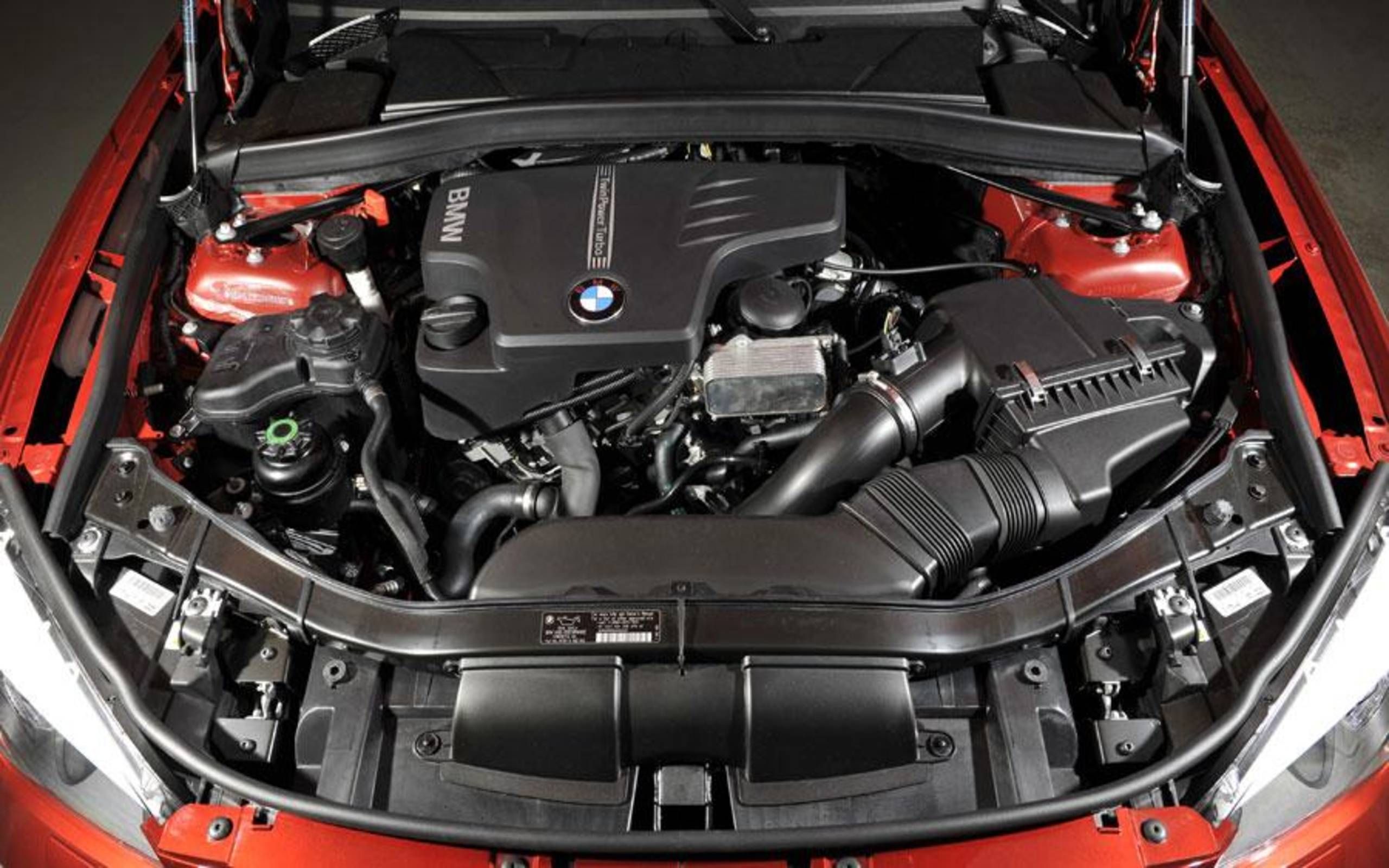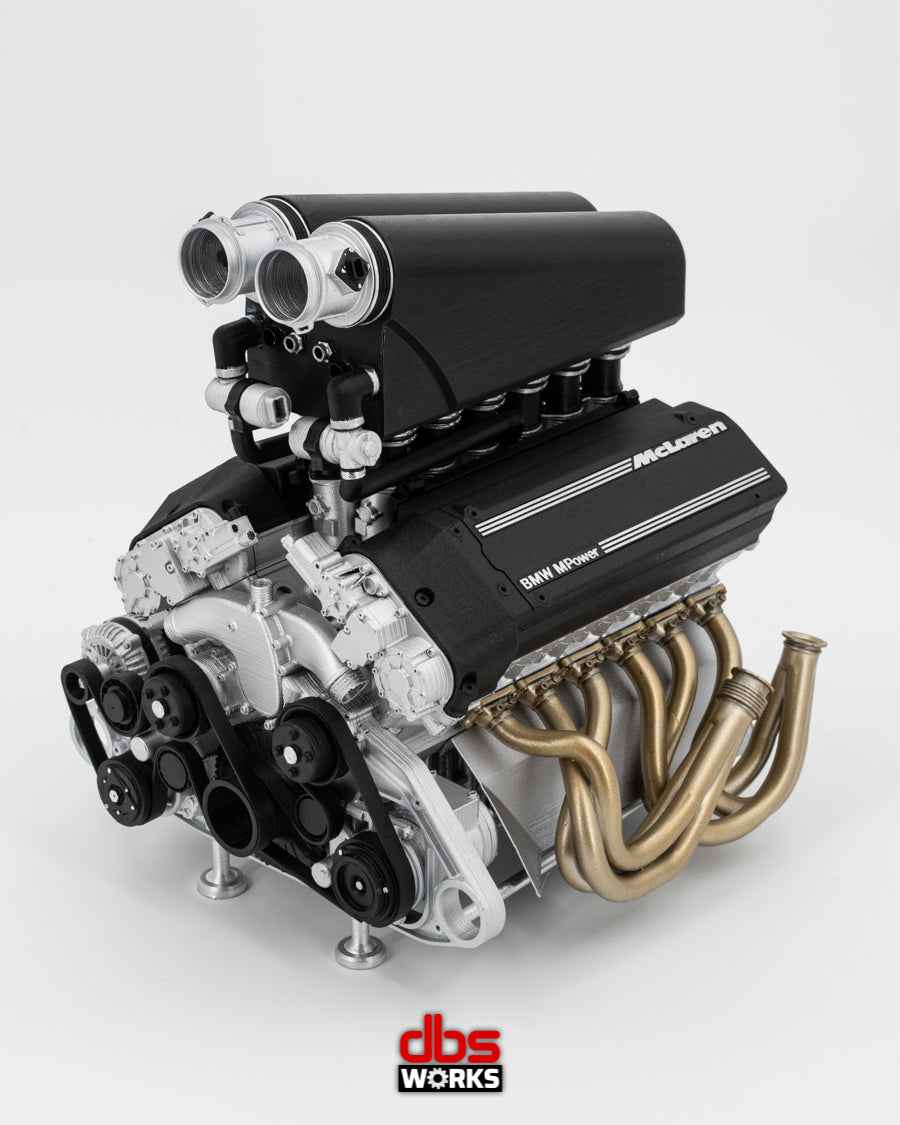Discovering the Evolution of Burning Engines in Modern Transport Equipments
As we navigate the landscape of modern-day transport, the development of burning engines stands as a testimony to human resourcefulness and engineering prowess. From their simple starts to the advanced powerhouses moving automobiles today, combustion engines have gone through an exceptional trip of advancement and adjustment. Recognizing the details of this evolution not only clarifies the past however likewise paves the method for visualizing what lies in advance in the world of transportation modern technology. The interaction of history, innovation, and ecological concerns fit the trajectory of combustion engines produces a story that is both insightful and engaging.
Early Beginnings of Combustion Engines
How did the idea of burning engines first emerge in the very early stages of transportation growth? The roots of combustion engines can be mapped back to the 17th century when the principles of interior combustion were first checked out.
The advancement minute came with the innovation of the very first effective gasoline-powered engine by Karl Benz in 1885 - bmw engine. This engine led the way for the development of the contemporary automobile, changing transportation systems worldwide. Succeeding technologies by Nikolaus Otto and Gottlieb Daimler additionally improved burning engine innovation, bring about the mass manufacturing of autos and the rapid growth of the transport industry
These early burning engines were identified by their simplicity and effectiveness, laying the structure for the complex and effective engines utilized in modern-day transport systems. The evolution of combustion engines has been crucial fit the way we travel and transfer items, marking a substantial milestone in the background of transport growth.
Shift to Internal Burning Innovation
The change to internal combustion innovation noted a critical shift in the development of transport systems. This shift began in the late 19th century, with creators like Nikolaus Otto and Gottlieb Daimler developing the initial effective internal combustion engines. These engines transformed transport by using a much more efficient and effective alternative to vapor engines and electrical motors.
One of the vital advantages of internal burning engines was their capability to be scaled down to fit right into vehicles, bring about the growth of cars and bikes. This change from bulky, stationary engines to small, mobile ones led the way for the modern transport systems we see today.
The shift to internal burning technology additionally stimulated improvements in gas technology, resulting in the growth of fuel and diesel as main gas resources for vehicles. This change not just made transportation much more obtainable to the masses but likewise laid the foundation for the oil and gas industry to end up being important to worldwide economic situations.
Effect of Combustion Engines on Transportation
The adoption of combustion engines in transport systems catalyzed an extensive shift in the efficiency and speed of global mobility. Combustion engines changed transport by supplying a versatile and dependable source of power for numerous cars, including vehicles, airplanes, vehicles, and ships. This advancement considerably enhanced the capacity for goods and people to conform fars away in much shorter amount of time, resulting in raised connection in between regions and countries.
In addition, the widespread use burning engines has had a considerable impact on economic advancement. The ability to transport products successfully has actually stimulated trade and business, permitting organizations to increase their markets and get to customers worldwide. This has actually facilitated economic growth and globalization, as items can currently be transferred quicker and in bigger amounts than in the past.
However, the environmental impact of combustion engines can not be overlooked. The burning of fossil fuels has caused air pollution and greenhouse gas emissions, adding to environment adjustment and positioning wellness risks to populaces. bmw engine. Because of this, there is an expanding click here for more emphasis on developing alternate propulsion technologies to minimize these negative effects and create an extra lasting future for transportation
Advancements in Burning Engine Layout
Countless advancements in burning engine design have actually driven the advancement of transportation systems over the years. One significant development is the growth of turbocharged engines, which use exhaust gases to drive a turbine that presses incoming air, permitting more gas to be burnt, causing increased power outcome without a significant rise in engine size. Furthermore, direct injection innovation has improved i loved this fuel performance and efficiency by precisely managing the amount and timing of gas injected into the combustion chamber. Variable shutoff timing systems have also changed engine design by enhancing air flow at different engine speeds, boosting both power and effectiveness. An additional significant innovation is the combination of lightweight products such as carbon fiber and light weight aluminum alloys, lowering general engine weight and boosting vehicle fuel economy. Innovations in computer-aided style have made it possible for engineers to optimize engine performance and efficiency via simulations prior to physical prototypes are constructed, conserving time and resources in the advancement procedure. These advancements jointly contribute to the continuous improvement of combustion engines in modern-day transportation systems.
Future Fads in Combustion Engine Development
With innovation improvements driving continual innovation, the future of combustion engine growth is positioned to transform transportation systems internationally. One of the vital fads in burning engine growth is the push towards better effectiveness and decreased emissions.
One more prominent fad is the adoption of hybrid innovations in combustion engines. Crossbreed engines incorporate standard burning modern technology with electrical power, using improved gas effectiveness and lower exhausts. As the vehicle industry changes towards electrification, crossbreed combustion engines are viewed as a transitional service that links the space between standard cars and totally electric ones.
Moreover, the combination of clever innovations, such as expert system and data analytics, is anticipated to play a significant function in the future of combustion engine advancement. These modern go to this site technologies can enhance engine performance in real-time, leading to a lot more efficient combustion processes and improved overall car efficiency. Embracing these future patterns will certainly not just drive innovation in combustion engine advancement yet likewise add to a much more eco pleasant and sustainable transportation ecosystem.

Conclusion
In verdict, the evolution of combustion engines in contemporary transport systems has actually been noted by substantial improvements in technology and style. From the very early starts of combustion engines to the transition to inner burning innovation, these engines have had an extensive effect on transport.
The origins of combustion engines can be mapped back to the 17th century when the principles of internal burning were very first explored. These engines revolutionized transport by providing an extra effective and powerful choice to heavy steam engines and electrical motors.

Comments on “A Beginner's Overview to Choosing the Right BMW Engine for Your Demands”